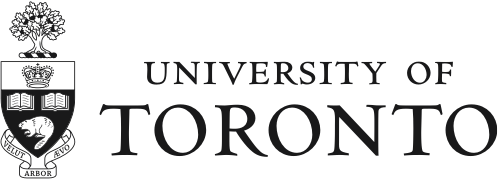Case Details
DATE: March 24, 2002
PARTIES: University of Toronto v. Mr. S.
Hearing Date(s): February 27, 2002
Panel Members:
Raj Anand, Co-Chair
Deep Grewal, Student member
Rajka Soric, Faculty member
Appearances:
Alex Henderson, for the Student
Lily I. Harmer, for the University
In attendance:
Mr. S.
I.M., Associate Dean, UTSC
Trial Division - s. B.i.3(a) of Code – forged academic records - admission application containing forged University transcript and forged reference/evaluation letters - Agreed Statement of Facts - academic record containing 42 changes – guilty plea - pervasive scheme of dishonest conduct - quality and details of performance misrepresented – expulsion recommended in similar cases – see case of #96-97-05 and case of #97-98-04 – first offence but involving three acts – mitigating facts of admission when confronted, guilty pleas and finality of expulsion and impact on a young student eligible to graduate - likelihood of repetition difficult to assess - detriment to the University and general deterrence - University’s submission on penalty accepted - recommendation that the Student be expelled as per s. C.ii.(b)(i) of Code; and permanent notation on academic record
Student charged with three offences under s. B.i.3(a) of the Code. The charges related to allegations that the Student submitted an admission application to a College of Optometry that contained a forged University transcript and two forged reference/evaluation letters purporting to be from University professors. The parties submitted an Agreed Statement of Facts. The forged transcript contained 42 changes to the Student’s academic record. The Student pleaded guilty to the charges. The Panel accepted the Student’s guilty plea. The Panel considered previous Tribunal decisions and found that the case represented one of the most pervasive schemes of dishonest conduct it had seen. The Panel found that the Student’s planned, deliberate and extensive re-writing of his academic record and fabrication of two reference letters radically misrepresented the quality and details of his performance at the University. The Panel found that the only two similar Tribunal cases were case of #96-97-05 and case of #97-98-04, and that in both cases the Tribunal imposed a recommendation of expulsion, as well as notation and reporting. The Panel found that the acts displayed a significant element of deceit. The Panel found that while the acts where a first offence, there were three acts, which were time-consuming, conscious and extensive projects. The Panel found that the mitigating circumstances were the Student’s admission when first confronted; his guilty pleas before the Tribunal; and the Panel’s stated concern about the finality of expulsion and its impact on a student who was about to graduate at age 20. The Panel found that it was difficult to assess the likelihood of repetition because the planning and effort evidenced suggested a willingness to threaten the evaluation process and the integrity of the University. The Panel found that the most important considerations were the detriment to the University and general deterrence because the University evaluation system was vulnerable to acts of deception, and had suffered enormously in the case, and because a message should be conveyed. The Panel accepted the University’s submission on penalty and imposed a recommendation to the President, further to s. C.ii.(b)(i) of the Code, that the Student be expelled from the University; and that a report be issued to the Provost.
